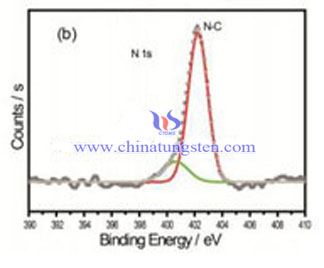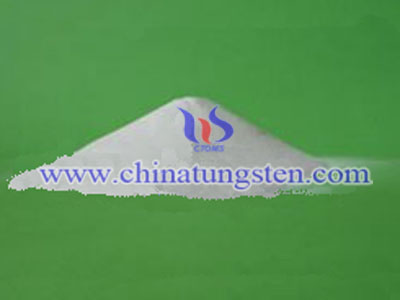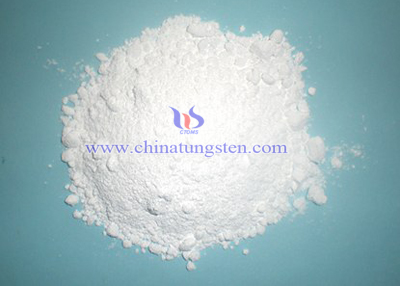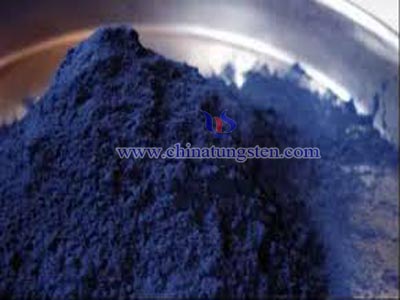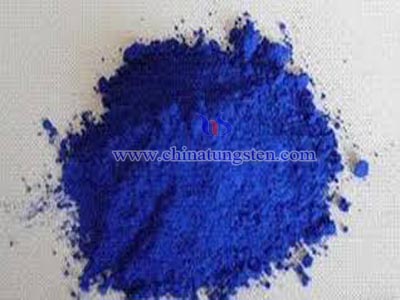Tungstik asit XPS
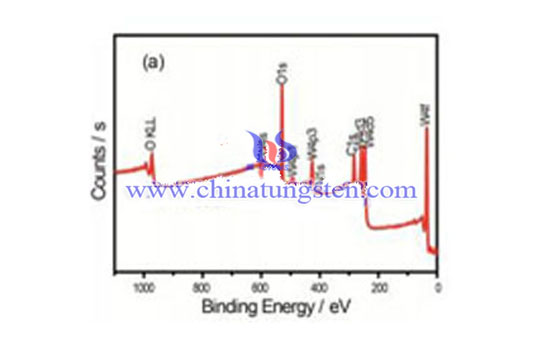
Tungstik asit XPS bir yüzey kimyasal analiz tekniği, elementlerin test edilmesi için kullanılan kantitatif spektroskopi tekniği, tungstikin ampirik formülü ve ayrıca tungsten elementlerinin kimyasal ve elektronik durumlarıdır. XPS spektrumları, analiz edilen tungstik asidin en yüksek 0 ila 10 nm'sinden kaçan kinetik enerjiyi ve elektron sayısını ölçerken eşzamanlı olarak eşzamanlı olarak ölçüm yaparken bir materyali bir X ışını ile ışınlamak suretiyle elde edilir. XPS, yüksek vakum (P ~ 10−8 millibar) veya ultra yüksek vakum (UHV; P <10−9 millibar) koşulları gerektirir, ancak mevcut bir gelişme alanı, numunelerin basınç basınçlarında analiz edildiği ortam basıncı XPS'dir. birkaç on milibar.
XPS can be used to analyze the surface chemistry of a material in its as-received state, or after some treatment, for example: fracturing, cutting or scraping in air or UHV to expose the bulk chemistry, ion beam etching to clean off some or all of the surface contamination (with mild ion etching) or to intentionally expose deeper layers of the sample (with more extensive ion etching) in depth-profiling XPS, exposure to heat to study the changes due to heating, exposure to reactive gases or solutions, exposure to ion beam implant, exposure to ultraviolet light.
XPS is also known as ESCA (Electron Spectroscopy for Chemical Analysis), an abbreviation introduced by Kai Siegbahn's research group to emphasize the chemical (rather than merely elemental) information that the technique provides. In principle XPS detects all elements. In practice, using typical laboratory-scale X-ray sources, XPS detects all elements with an atomic number (Z) of 3 (lithium) and above. It cannot easily detect hydrogen (Z = 1) or helium (Z = 2).

